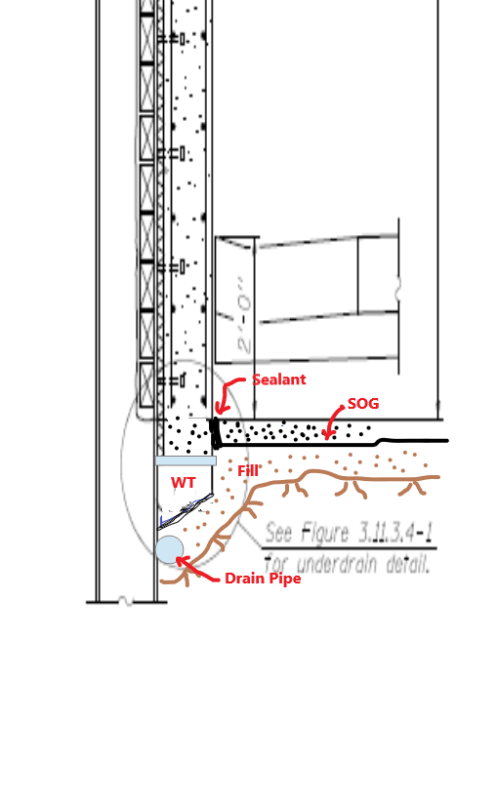Attach headed studs according to c ms 513 22 and as shown in the plans.
Wall facing for concrete soldier piles.
Timber lagging between the soldier piles to temporarily support lateral soil loading.
In between each vertical pile horizontal supports fill the gap helping to spread the load.
The contractor may attach the studs either before placing the soldier pile in the drilled hole or after excavating in front of the wall.
Primary piles are installed first with secondary piles constructed in between primary piles once the latter gain sufficient strength.
At the contractor s option use driven or drilled in piles for soldier pile walls with concrete facing unless otherwise required.
Weld headed steel studs to the flanges of the soldier pile in order to connect the concrete wall facing to the soldier pile.
Soldier pile walls have successfully being used since the late 18th century in metropolitan cities like new york berlin and london.
Use a maximum h pile spacing of 10 ft.
The piles are reinforced with either steel rebar or with steel beams and are constructed by drilling under mud.
A permanent textured concrete structural wall facing attached to the soldier piles.
A soldier pile is a common retaining wall strategy in which h shaped steel beams piles are drilled deep into the earth at regular intervals usually 2 to 4 yards apart.
For soldier pile walls with panels use drilled in piles unless noted otherwise in the plans.
Use concrete or grout for embedded portions of drilled in piles.
Soldier pile and lagging wall retained soil cip facing optional soldier pile h pile soldier pile predrilled hole timber lagging timber lagging bottom of exposed wall top of wall concrete gutter concrete barrier existing grade t 3fubjojoh xbmm tztufn dpotjefsfe gps uif dvu xbmm tfdujpo mpdbufe xftu pg 43.
Soldier pile and lagging walls commonly known as soldier piles are some of the oldest forms of retaining wall systems used in deep excavations.
Secant pile walls are formed by constructing intersecting reinforced concrete piles.
The former is either forced into the ground to an adequate depth or installed into holes which are drilled in advance then encased in lean concrete to oppose or withstand the moment exerted by soil and the spacing is commonly between 1 8 m to 2 45 m.

